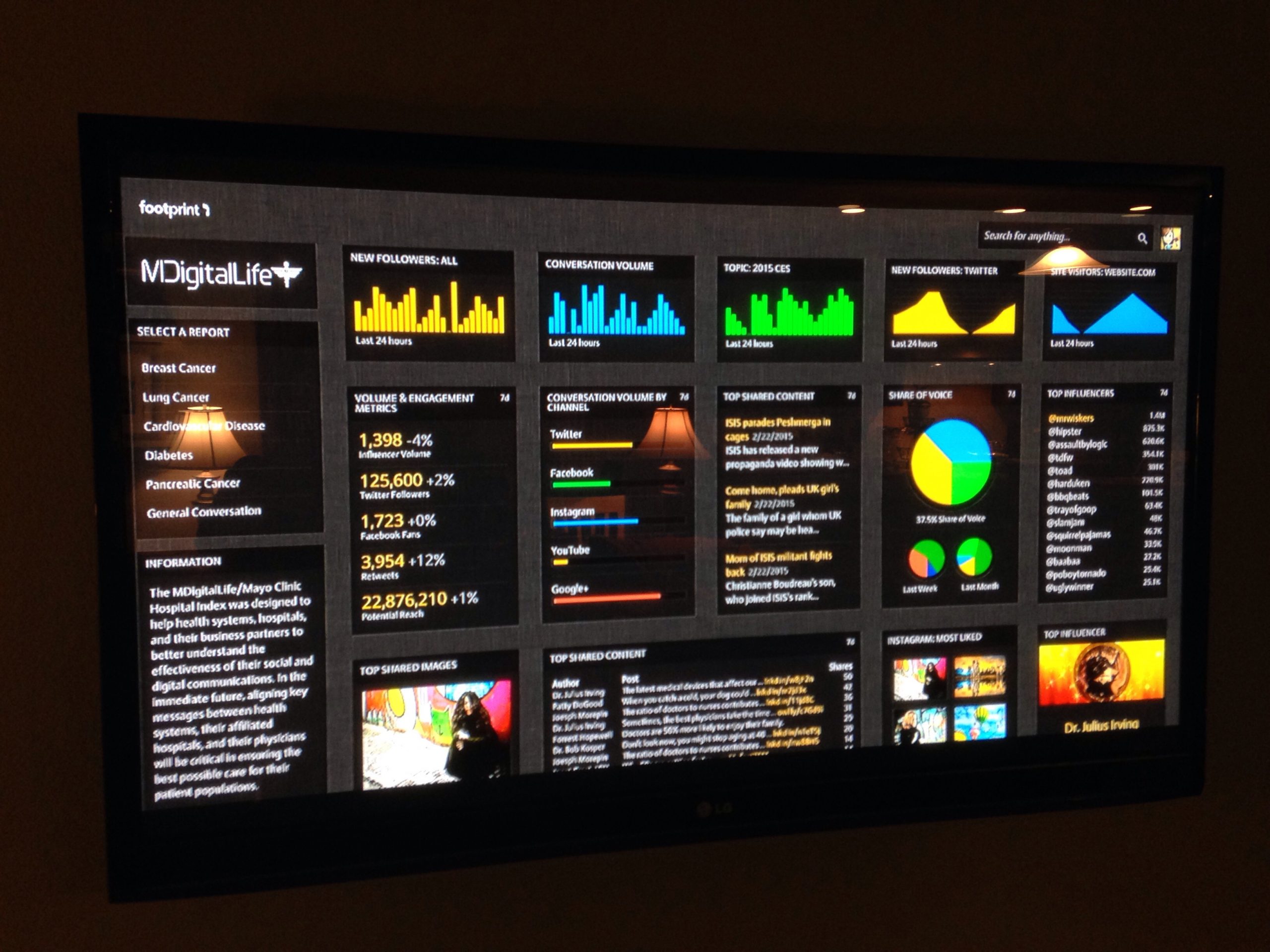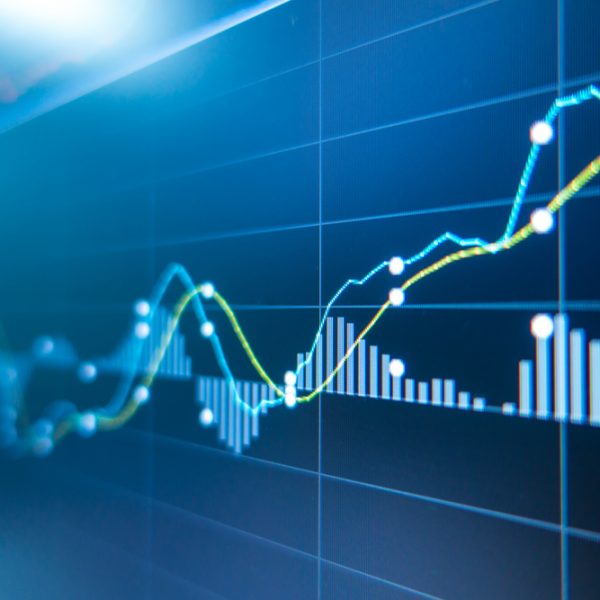Within the last year, I was introduced to a new part of enterprise data analytics, Data Observability. It has always been a challenge (and expectation) that you know exactly how every piece of data moves through the system. Larger systems become complex animals. I have been successfully using MonteCarlo for this function.
Data is becoming increasingly critical to businesses, as they rely more heavily on it to make decisions. However, as the volume and complexity of data grow, ensuring its accuracy and reliability becomes more challenging. This is where data observability comes in, as it enables companies to monitor data in real-time, detect issues, and ensure that data is accurate and reliable. In this blog post, we will explore the importance of data observability and provide an example of how it works.

The Importance of Data Observability
Data observability is crucial because it allows companies to detect issues in data in real-time, which can save them time and money. Without data observability, companies may not realize that there is a problem with their data until it is too late, and the impact on their business may already be significant. For example, if a company is relying on inaccurate data to make decisions, they may make poor choices that could lead to lost revenue, damage to their reputation, or legal liability.
Data observability also helps companies ensure that they are compliant with data privacy and security regulations. By monitoring data in real-time, companies can quickly identify and resolve any potential data breaches or issues that could put them at risk of regulatory penalties or legal action.
Moreover, data observability enables companies to continuously improve the quality of their data. By detecting issues in data and addressing them, companies can ensure that their data is accurate, reliable, and of high quality. This, in turn, can improve the insights that companies derive from their data and the decisions they make based on it.
An Example of Data Observability
To better understand how data observability works in practice, let’s look at an example. Suppose a company uses an online platform to collect data on customer behavior. The platform records the customers’ browsing behavior, including the pages they visit, the products they look at, and the items they add to their carts. This data is then used by the company to optimize their website and improve the customer experience.
However, after a recent update to the platform, the company noticed that the data they were collecting on customer behavior was inconsistent and inaccurate. For example, some customer sessions were being recorded multiple times, while others were not being recorded at all. This made it difficult for the company to make accurate decisions based on the data.
To address this issue, the company implemented a data observability solution (MonteCarlo) that monitored the data in real-time. The solution consisted of several components, including data quality monitoring, anomaly detection, and automated testing.
Data quality monitoring ensured that the data met certain quality standards and that any issues or errors could be quickly identified. Anomaly detection allowed the company to detect unusual patterns in the data, such as duplicated customer sessions or missing data. Automated testing ensured that the platform was working as expected and that any changes made to the system did not affect the accuracy of the data being collected.
By implementing this data observability solution, the company was able to identify and address the issues with their data quickly. This, in turn, improved the accuracy and reliability of the data, enabling the company to make more informed decisions and improve the customer experience.
Conclusion
Data observability is a critical practice for companies that rely on data to make decisions. By monitoring data in real-time, companies can ensure that their data is accurate, reliable, and of high quality. This, in turn, can improve the insights they derive from their data and the decisions they make based on it. Moreover, data observability can help companies comply with data privacy and security regulations and avoid potential legal or financial penalties. With the increasing volume and complexity of data, data observability is becoming more important than ever before.
I recommend that no matter what your data maturity level, you have some form of observability in place. You will thank me later.





